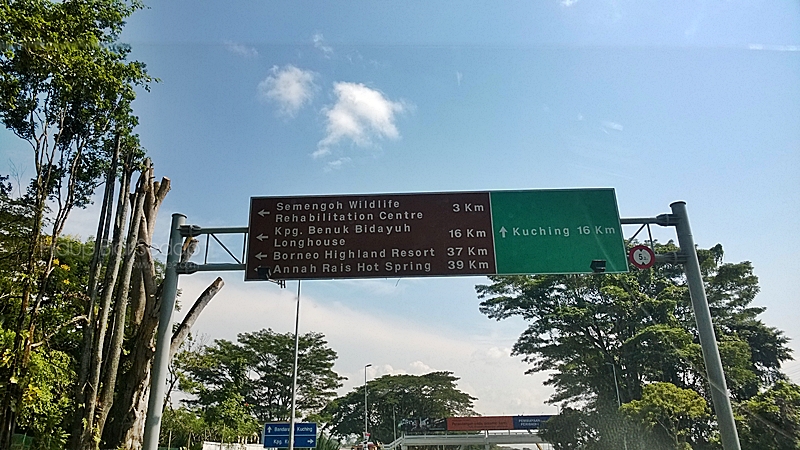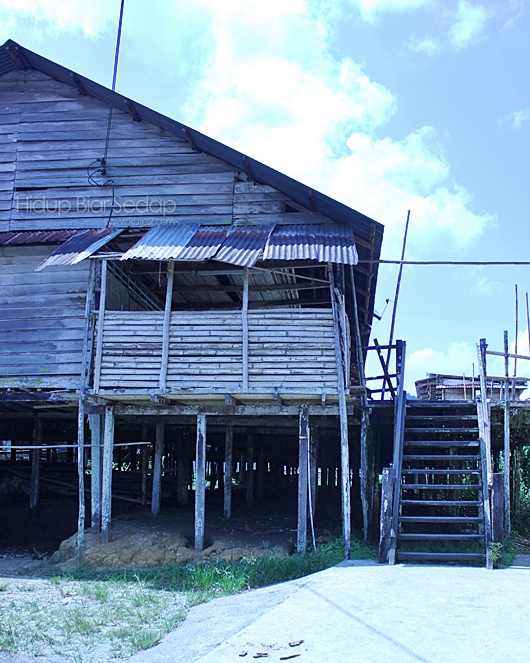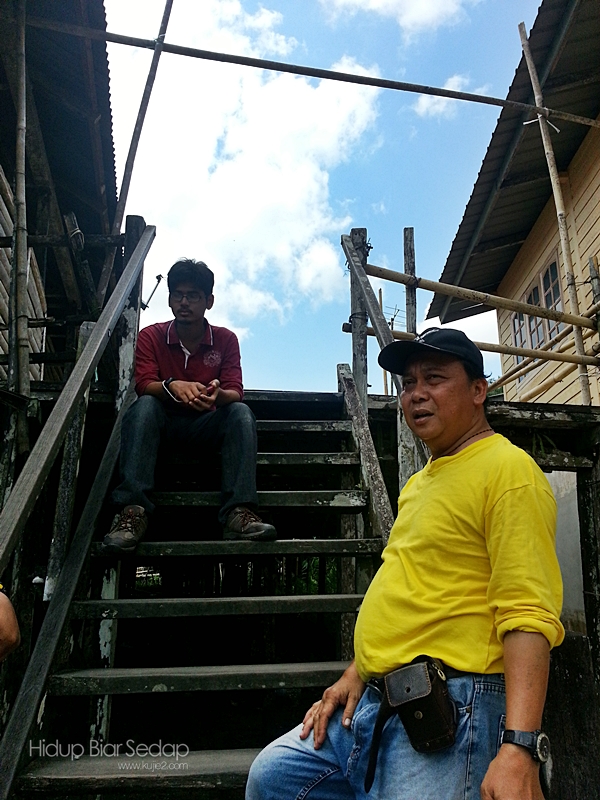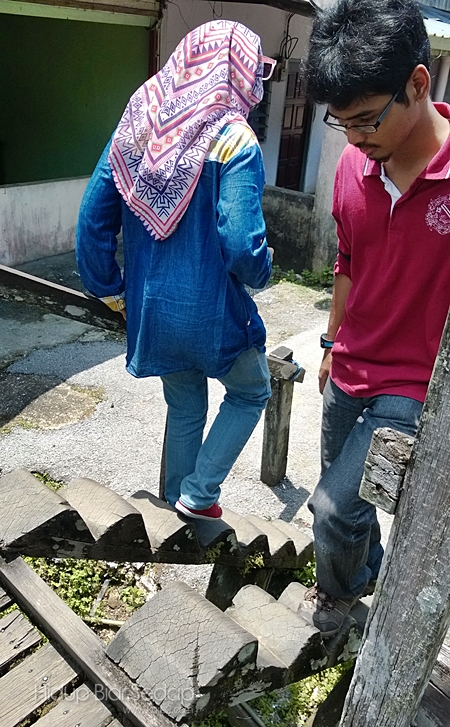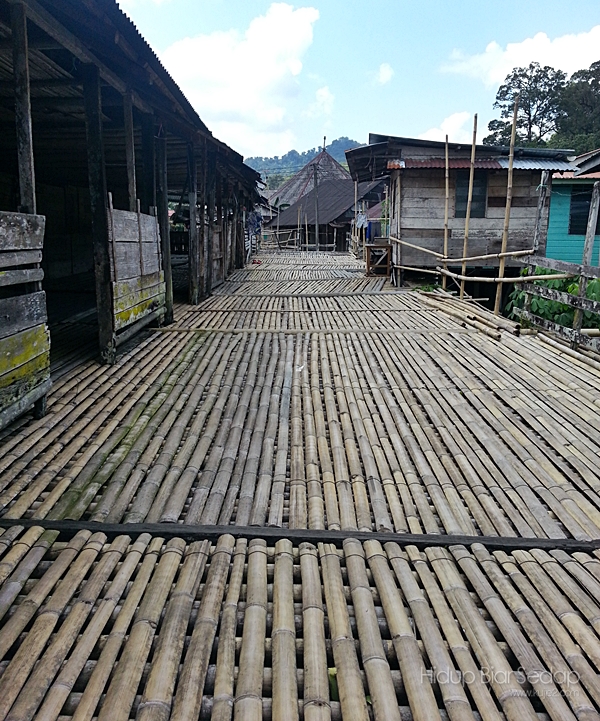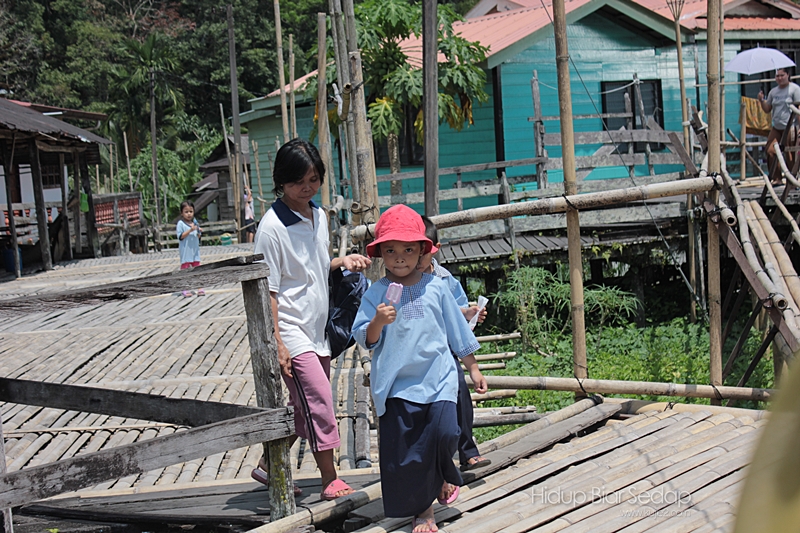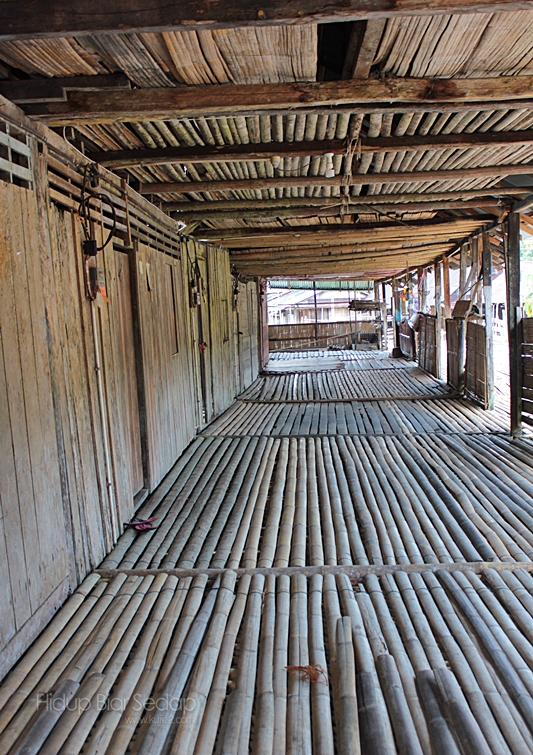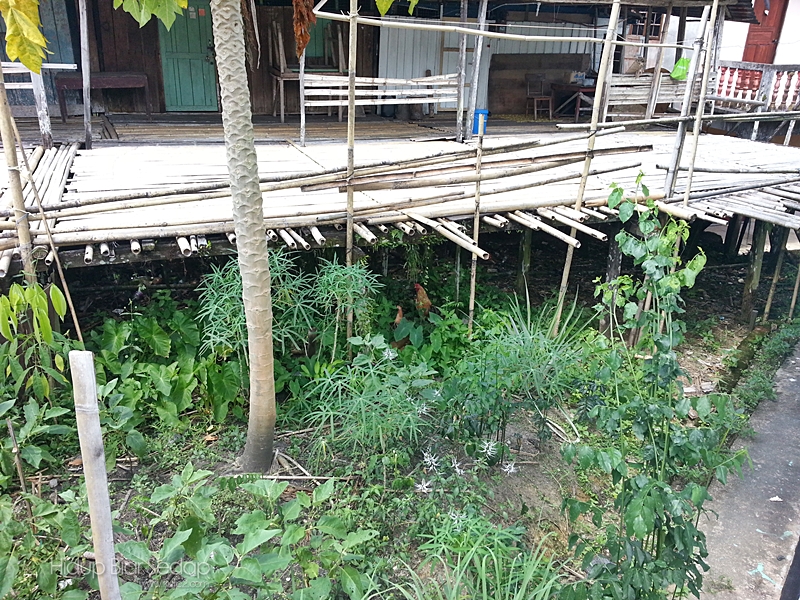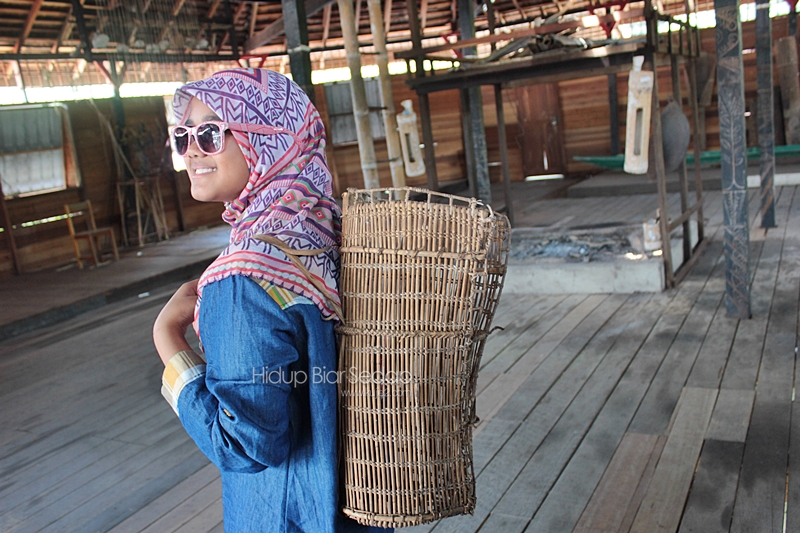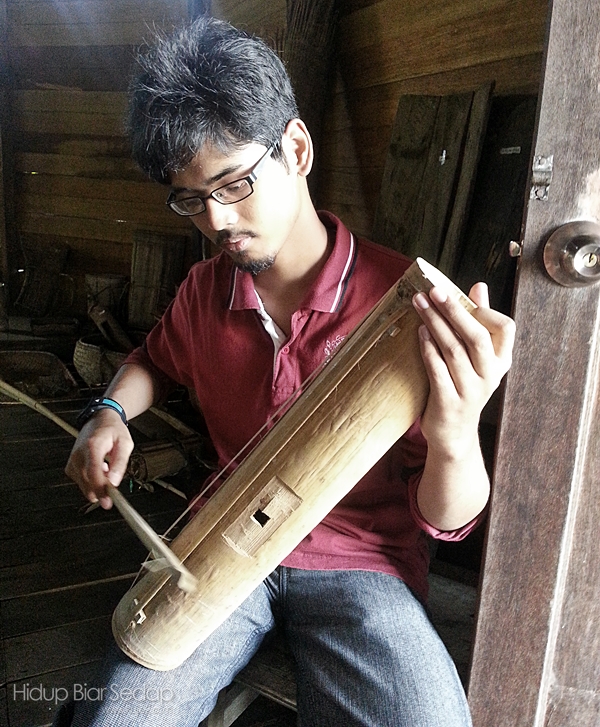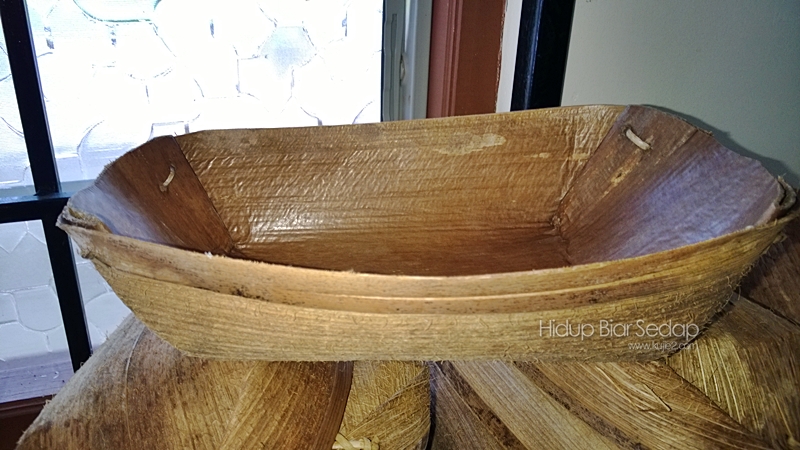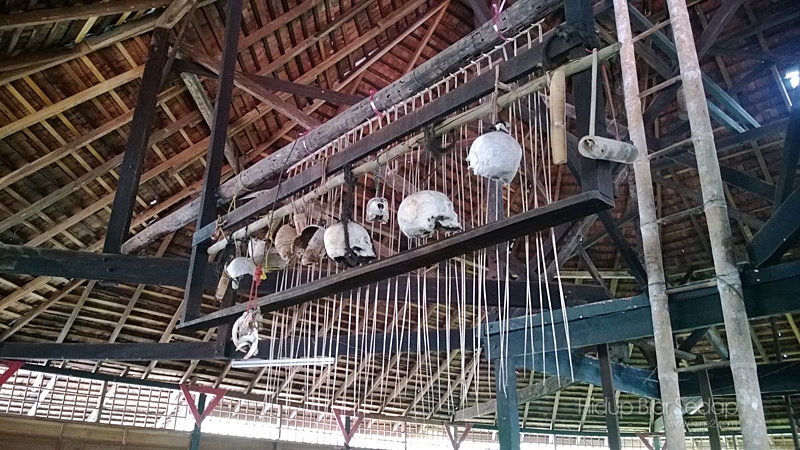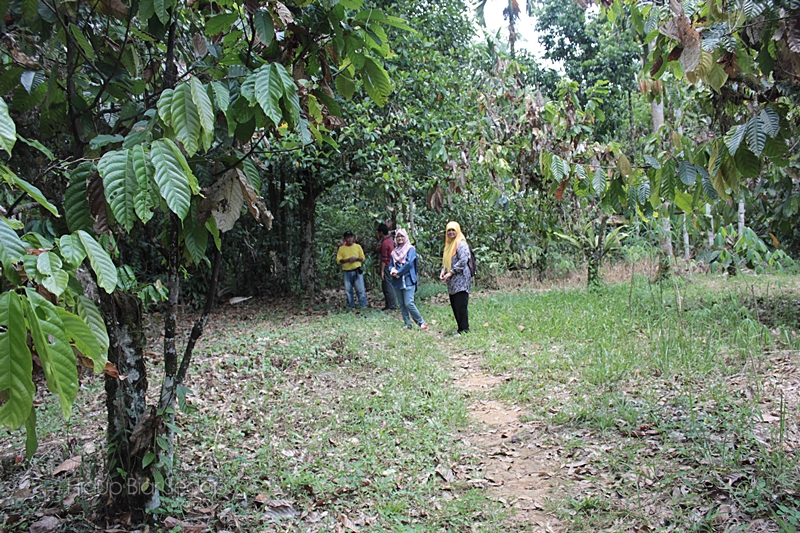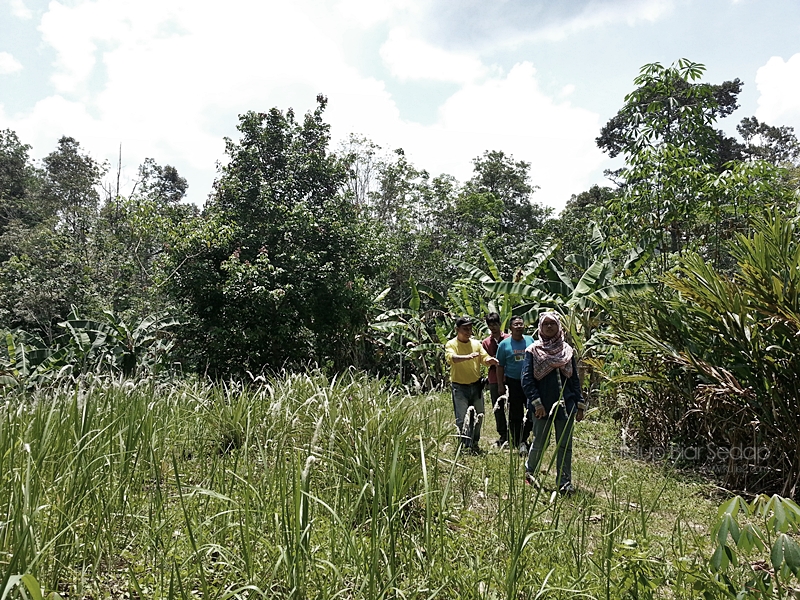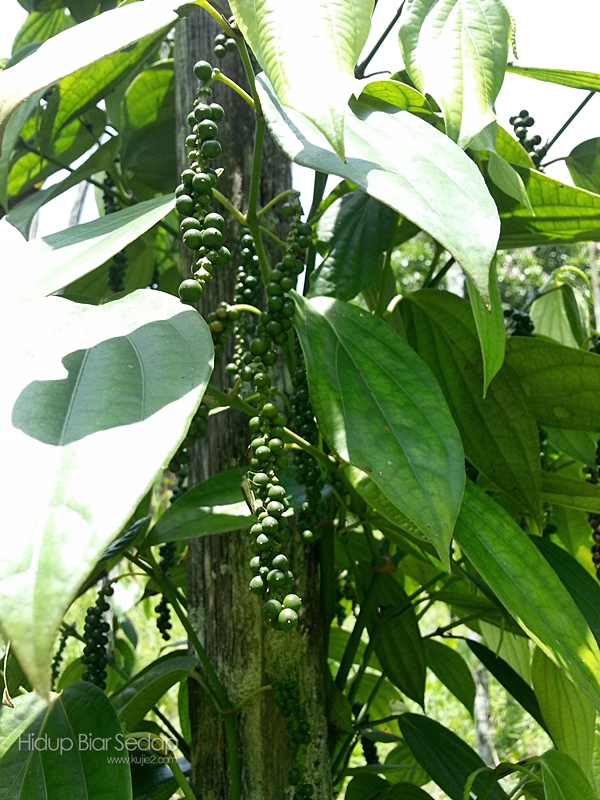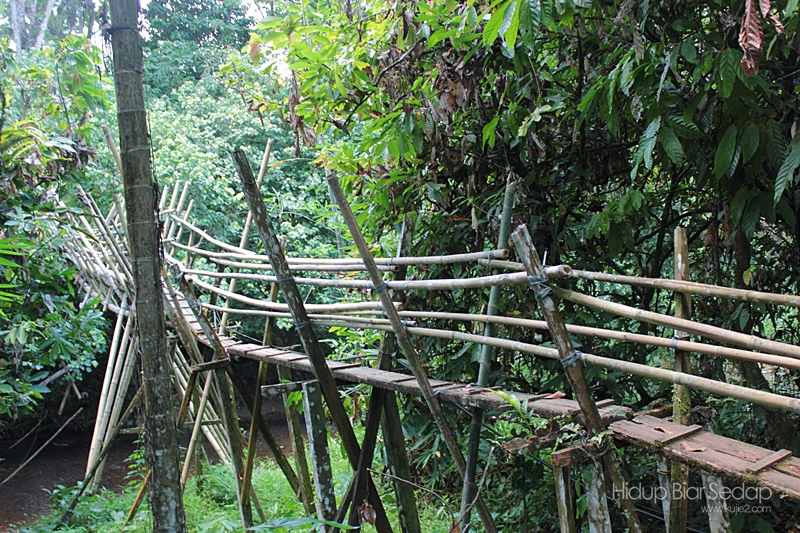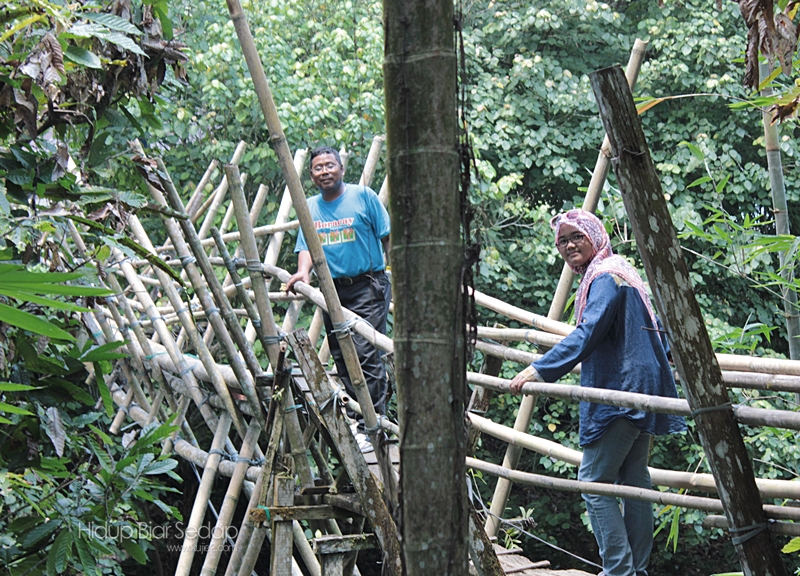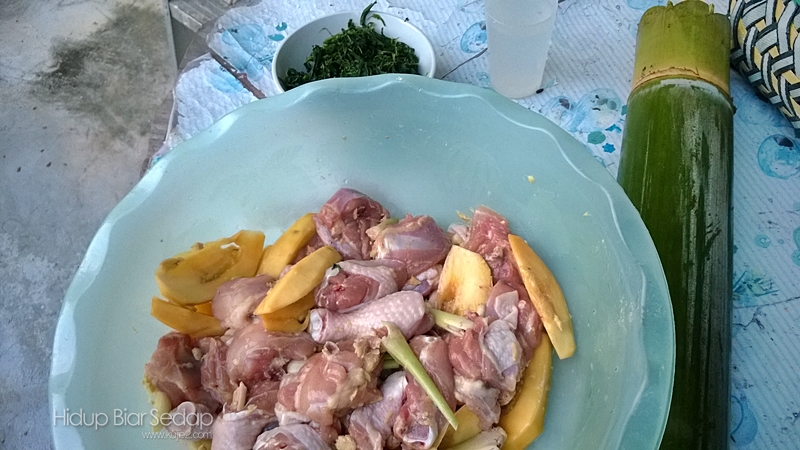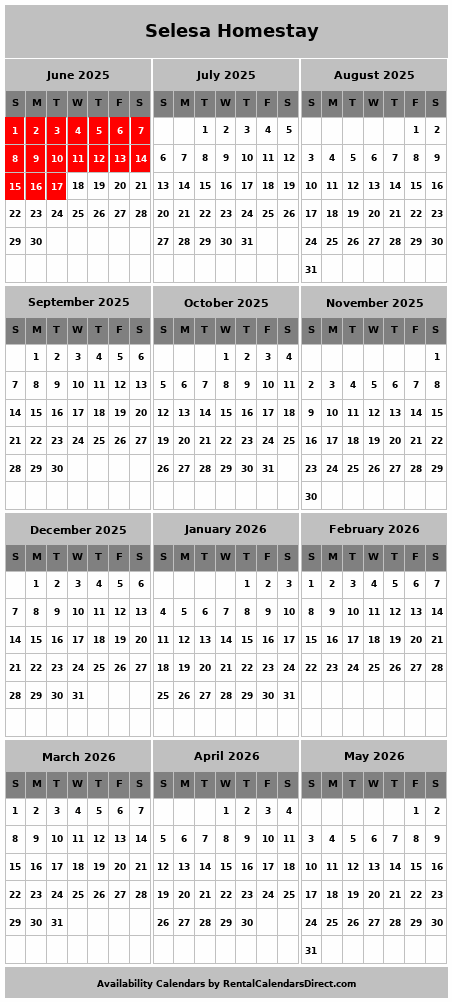{latestItemTitle} Homestay di kuching - Come Sarawak |
- {latestItemTitle} <b>Homestay di kuching</b> - Come Sarawak - Come <b>...</b>
- {latestItemTitle} <b>Homestay di kuching</b> - Come Sarawak - Come <b>...</b>
- {latestItemTitle} <b>Homestay di kuching</b> - Come Sarawak - Come <b>...</b>
| {latestItemTitle} <b>Homestay di kuching</b> - Come Sarawak - Come <b>...</b> Posted: 31 Aug 2014 10:03 AM PDT Assalamualaikum & salam sejahtera, ini adalah entry yang ke 9 senarai kawasan perlancongan menarik di Malaysia, kali ini kita akan menjelajah ke Negeri yang popular dengan gelaran Bumi Kenyalang iaitu Negeri Sarawak . Seperti yang ada sedia maklum, sempena dengan tahun Melawat Malaysia 2014, saya akan menyenaraikan info-info dan tempat perlancongan yang menarik yang ada di setiap negeri di Malaysia & sebelum ini saya menyenaraikan tempat perlancongan yang menarik di Perak, Pahang, Pulau Pinang, Kedah dan Perlis, Negeri Sembilan dan Sabah anda boleh klik link di bawah untuk membaca entry terdahulu.
Negeri Sarawak antara negeri yang terbesar di Malaysia, negeri yang kaya dengan khazanah alam semula jadi, Negeri di Malaysia yang mempunyai Paling banyak Taman Negara seperti Mulu Caves National Park, Niah National Park, Gunung Gading National Park, Batang Ai National Park dan lain-lain. Jadi untuk entry kali ini saya menyenaraikan kawasan-kawasan perlancongan lain yang menarik untuk dilawati sekiranya anda datang ke Negeri Sarawak, jadi jom lihat senarai di bawah :P List Of Interesting Places In Negeri Sarawak, Malaysia Senarai Kawasan Perlancongan Yang Menarik Di Negeri Sarawak, Malaysia Taman Negara Gunung Mulu / Mulu Caves National Park Mulu Caves National Park is home to one of the longest networks of caves in the world. Here lies the worlds largest underground chamber, the Sarawak Chamber, capable of accommodating forty Boeing 747 airplanes. In Mulu, you will also find one of the worlds biggest cave passage, Deer Cave, which can fit five cathedrals the size of Saint Pauls in London. Another key attraction is Clear Water Cave, the longest cave in Southeast Asia. The massive caves here are home to millions of bats and cave swiftlets that swarm out into the jungle in great clouds every evening at dusk! The outdoorsy type will be pleasantly surprised by some of the best examples of tropical limestone weathering in the world, including enormous razor-sharp pinnacles, deep-cut canyons, appropriately named The Pinnacles. There are tough but rewarding multi-day hikes available from the resort. A guide and porter are recommended Niah National Park / Taman Negara Niah Niah National Park the scenery is spectacular and breathtaking . The area is a center of human settlement as early as 40,000 years ago , and has one of the largest cave entrance in the world, the Paleolithic and Neolithic cemeteries and wood carvings, frescoes iron-age . Cave paintings are situated near the house wall paintings that tell a boat trip off the head of life after death , including the remnants of the wreckage "death ships" that are scattered on the floor of the cave - boat-shaped coffins (its contents were transferred to the Sarawak Museum ) . The surrounding area is also decorated by thick forest and is home to many species of plants and wildlife. Until now , the caves remain as an important place for people from the local community , such as birds' nests and guano collection to be important for their economic resources . Niah Caves is a very pleasant place if you want to stay here a few days, although some of the major attractions are open during the day for visitors. Niah National Park is located in Sungai Niah , about 3 km from the small town of Batu Niah , Miri 110km southwest . The park has a visitor center and a nice stay , and very easy to walk around it in the presence of plankwalk network throughout the park . A pair of good walking shoes and a flashlight are essential items that should be taken Gunung Gading National Park / Taman Negara Gunung Gading Gunung Gading is home to the world's largest flower, the rafflesia, which can grow up to one metre in diameter. When in bloom the flower gives off a nasty smell which attracts flies and other insects. The rafflesia has no specific season but the rainy season provides better blooming frequencies. It takes nine months to mature and flowering lasts only 4 or 5 days before dying. Seeing a blooming rafflesia is certainly the highlight of a trip to Gunung Gading, but the Park and the whole Lundu area are well worth visiting anyway. The rugged mountain peaks that make up the Park provide a scenic backdrop to the nearby town of Lundu, and the nearby beaches at Pandan and Siar. Gunung Gading also has some enjoyable walks and a challenging jungle trek Lampir Hill National Park / Taman Negara Bukit Lampir The Lampir Hill National Park is located along the Miri-Bintulu road, about 30km south of Miri Town. With area about 6,952 hectares, it was gazetted and opened to public on 1975. The park is consists of the central portion of the Lambir Hills, a rugged east-west trending sandstone escarpment with a maximum height of 465 meters, has an outstanding regional and global conservation significance for its extraordinary species-rich forest which is ideal for botanist and researchers throughout the world. 1,050 different species of tree out of 7,000 total species and over 1,000 species of insect life are found within the small sample area of 52ha. The park covered with more than half of the area with rich natural mixed Dipterocarp forest, where huge, tall Dipterocarp trees such as Kapur, Meranti, Kempas and Selangan Batu. Shorter trees like Rhu Bukit, Selunsur Bukit, low shrubs, pitcher plants and orchids are found in the Kerangas forest. Apart from the various tree species, the park is very rich in other plant species such as ferns, gingers, vines, palms, mushrooms, moss and lichen, flowering and fruiting shrub trees, climbers and creepers. The fungi of Lampir hill are numerous and remarkable, this including the phosphorescent (illuminate) species that glows in the dark. Animals like bats, monkeys, pangolins and barking deer are those found as well and more than 150 species of birds have been recorded. Batang Ai National Park / Taman Negara Batang Ai Batang Ai National Park is located in the Sri Aman Division of Sarawak, in eastern Malaysia on the island of Borneo. It is located in Lubok Antu, some 250 kilometers east of Kuching. The Park is located at Sarawak about 250km from Kuching City with a covering area of 24,040 hectares of rainforest and the artificial lake. The lake is also the Sarawak's only artificial lake, which stretches up to Skrang, Lemanak, Engkari and Ai Valleys. The artificial lake now acts as a water dam that feed to the Batang Ai Hydro Electric Complex to generate the electricity for Sarawak's use. Batang Ai National Park was gazetted as a protected area in early 1991. Visitors can take a boat ride upriver from the dam, about an hour's of boat ride to see beautiful lowland mixed dipterocarp forest, with drooping trees overhanging the rivers. The rivers are fast flowing, clear and very refreshing. The water level gets quite low during the dry seasons where visitors normally have to help push their boats upstream. Here, the main mode of communication is river transport. The park is home to many protected species like the Orang Utan, hornbills and gibbons. Other major attraction upriver is the Iban longhouse. This longhouse gives the authentic atmosphere as most of the longhouse dwellers still practise their traditional lifestyle. The Ibans produce local handicrafts, like their 'Pua Kumbu', rattan backpacks 'selabit', rattan mats and even gourd for collecting water. Please note that, if you are staying in Iban longhouse, you need to be aware of local Iban customs so as not to offend anybody. Bako National Park / Taman Negara Bako Sarawak's oldest national park was established in 1957, covers a modest 27 sq. km., and is about 37km from Kuching. It's known for its extraordinary natural scenery, habitats, plants and wild life. Its most significant features are secluded coves and rugged rocky headlands with magnificent steep cliffs that overlook the South China Sea. The sea spray, wave action and the wind have also carved out magnificent sea arches and sea stacks at the base of the cliffs, some rearing above the waves like a mighty serpent's head. The attractive sandstone formations appear pink with iron patterns on the cliff. Further inland, waterfalls tumble down into freshwater pools in a tranquil and idyllic jungle setting. Bako contains an incredible variety of plant species and vegetation types, and this is one of the parks great attractions. At Bako it is possible to see almost every type of vegetation found Bako is also home to approximately 275 rare proboscis monkeys, found only in Borneo. The best times for seeing wildlife at Bako are just after dawn and just before dusk, when the animals are at their most active. Bako is a fascinating place for bird watching, as over 150 species have been recorded here. Bakos extensive trail system is made up of 16 colour-coded jungle trails which offer a range of walking and hiking options. The fit and adventurous can opt for full- day jungle hikes or overnight camping expeditions, whilst those who prefer to take it easy can opt for a relaxing forest walk. Kuching Town / Bandar Kuching Described as one of the most attractive cities in Southeast Asia, Kuching is the State capital. It is a city rich in history, and modern day Kuching is a delightful blend of modern structures and old-world charm. Kuching is divided by the Sarawak River; the south is a commercial residential area, dominated by Chinese, while the north shore is predominantly Malay in character, with old kampong houses lining the river. The two parts of the city are very different in character and even have separate mayors and separate town halls Kuching means 'cat' in Malay and there are a number of suggestions as to how Sarawak's capital acquired the name. Local legend has it that James Brooke (see section on 'history'), pointing towards the settlement across the river, enquired what it was called. Whoever he asked, mistakenly thought he was pointing at a passing cat. If that seems a little far-fetched, the Sarawak Museum offers a few more plausible alternatives, the most likely of which is that the town may have originally have been known as Cochin – port – a word commonly used across India and Indochina. Sarawak Cultural Village / Perkampungan Budaya Sarawak Known as the 'Living Museum', the Cultural Village was set up to preserve and showcase Sarawak's cultural heritage. Located at Pantai Damai, Santubong, just 32km from the state capital, Kuching, it is the perfect place to get introduced to local culture and lifestyle. Sprawled across 17 acres, there are about 150 people living in the village, demonstrating traditional daily activities from Sarawak's diverse tribes like the processing of sago and the making of handicrafts. They wear traditional costumes and also put on dances for visitors. The village residents provide information on their various traditional cultures and lifestyles. You can see replicas of buildings that represent every major ethnic group in Sarawak; longhouses of the Iban, Bidayuh and Orang Ulu, a Melanau tall-house and a Chinese farm house among others. The village also has a theatre, where you can enjoy multicultural dance performances. Besides this, there is a restaurant and handicraft shop. You can even get married at the Sarawak Cultural Village, in traditional Iban, Malay, Bidayuh or Orang Ulu style. The Iban longhouse has separate rooms placed side by side, all of which open to a long communal hall, used for leisurely activities like wood carving and basket weaving. Guests are often invited to attend nightly ceremonies and drink a potent rice wine, tuak, which the Iban make themselves. Comfortable guesthouses are also available for visitors. Jong's Crocodile Farm / Taman Buaya Jong's Situated at 18 Miles (29km) Kuching/ Serian Highway, a 20 minute leisure drive from Kuching Town, the capital of Sarawak, Land of Hornbills, boasts one of the largest and the only crocodile breeding farm in the country. Set amidst the charming backdrop of tall tropical trees, lush vegetation and local fruit trees lies this unique farm with over a thousand crocodiles bred in captivity. The farm provides a perfect sanctuary for the reptiles, saving the species from extinction. There are huge and deep concrete ponds and natural breeding grounds for the crocodiles to mate and multiply. Visitors are able to gaze at the snapping jaws, cold menacing eyes, sharp pointed teeth and powerful lashing tails of the crocs within short distance yet safe because of the metal fence. Apart from crocodiles there are also numerous rare species of birds and animals found only in the Borneo Island. Visitors can have the enchanting experience of walking freely among the monkeys, leopard-cats, sunbears, bearcats, pheasants, civets, barking deers, sambar deers, turtles, fruit bats, monitor lizards, pythons and even hornbills. Bungai Beach / Pantai Bungai Location: Miri, About 1 hour drive from Miri and situated near Kampung Bungai in Bekenu is Bungai Beach. Bungai Beach is popular with beachgoers who appreciate its pristine beach, clear waters, and the beauty of the untouched surroundings. Its relatively secluded and a great spot to get away from the hustle and bustle of the city.
Entry ini ditulis khas menyokong kempen tahun melawat malaysia 2014. P/s: Macam mana dengan senarai kawasan perlancongan menarik yang ada di Negeri Bumi Kanyalang, sangat menarik bukan? Jadi apa lagi jom melancong ke Sarawak! Diharapkan entry boleh dijadikan sebagai rujukan / panduan sekiranya anda mencari info dan senarai kawasan yang menarik ada di sekitar Sarawak dan jangan lupa bookmark entry ini :P
Senarai di atas hanyalah sebahagian kecil daripada tempat yang wajib dikunjungi sekiranya anda mengunjungi Sarawak, jadi bagi anda yang mempunyai info / maklumat tambahan mengenai kawasan perlancongan menarik yang ada di Sarawak di rungan komen sebagai rujukan kita bersama :P | ||||||||||||
| {latestItemTitle} <b>Homestay di kuching</b> - Come Sarawak - Come <b>...</b> Posted: 28 Aug 2014 10:04 AM PDT | {latestItemTitle} <b>Homestay di kuching</b> - Come Sarawak - Come <b>...</b> Posted: 25 Jul 2014 10:44 AM PDT
| |||||||||||
| {latestItemTitle} <b>Homestay di kuching</b> - Come Sarawak - Come <b>...</b> Posted: 16 Apr 2014 10:33 AM PDT  This post is also available in: Iban, Malay  1/2 million ringgit price tags on CMS built homes in Bandar Samariang The Taib family company CMS proudly boasts of its "vast land bank" in its annual reports and has started selling off chunks for tens of millions in Kuching. Commercial centres and grand housing estates are also being developed in two key areas, Bandar Samariang, where CMS has 5,200 acres, valued around half a billion ringgit, and of course on the Kuching Isthmus, where land is even more expensive. But, how did CMS acquire all this property and who has benefitted? Sarawak Report has acquired shocking information about the way Taib and his family members have profited from this land, which was forcibly taken (official term is 'alienated') from local people and state ownership. We did it to help the poor The story that the Chief Minister told from the start was that this was land that difficult and expensive to develop, but that his family company was kindly determined to provide housing for poor people. Back in 2001, he even made out that CMS was doing this supposed favour in Bandar Samariang entirely "for the people's benefit" for "not much profit", because other developers didn't want to get involved in such a loss-making venture!
Such a kind old fellow!  Chief Executive and key shareholder at the time, Taib brother Onn Mahmud Interestingly no mention has ever been made again of these poor soil conditions by CMS. This is probably, not least, because in every other country in the world, developing tropical peat soil has been banned, because of the severe environmental consequences. To gain a sense of the value of this land handed to CMS in the guise of helping the poor, consider the recent news that the company has decided to sell on a parcel of 500 acres for over RM45million to Sentoria Group to build a theme park. Suddenly, another developer has been found willing not only to take on the job of developing the land, but to pay big money for the plot. However, this time of course the money has gone to CMS, not the government or the people from whom the area was 'alienated'. At the time CMS got this land for free it was largely owned and run by Taib's brother Onn Mahmud, who shortly after passed on his shares to Taib's wife, with the remainder being largely in the hands of the Chief Minister's four children. No nepotism at all then! Sucking money out of pensions too  Robert Geneid, the Head of CMS Property Development and husband of Taib's sister Raziah Mahmud. But, of course, the Taibs didn't really want to invest their own money in this mission to assist the poor with 'quality low cost housing'. Far better to use their influence to encourage the government controlled Employee Provident Fund (EPF) to put in the money instead. After all, this fat milk cow has been used to pour vast sums of money into endless pet projects to benefit BN politicians, meaning public employees can look forward to far lower pensions, despite being forced to pay a quarter of their salaries into the obligatory savings fund controlled by the government. EPF therefore was dragged into a joint venture with CMS and the investment in the "low cost housing" in Bandar Samariang began. But, in fact, low cost housing was only ever planned to form a small part of the project from the very start. The original terms of agreement, as explained in CMS's own annual reports, made clear just 1/3 of the area was to be housing for the less well-off.  Housing for the poor? The rest of the huge site was to be developed as an ambitious commercial enterprise. CMS's 1997 Annual Report was certainly not bashful about the profit-driven nature of CMS's latest housing project or the ambitions of its new Property Development Division, headed by the new husband of Taib's sister Raziah, the Lebanese Australian, Robert Geneid. It also reveals that, thanks to Taib's ability to pull the strings, that the State Housing & Development Commission had already been tasked with buying whatever 'quality low cost housing' CMS Property produced on the site, ensuring a guaranteed profit.
So, in fact, a mere 4,000 units of the token low cost housing have been included in the first phase of the project, all promoted in the beginning in a blaze of positive publicity, before CMS moved speedily to the much more lucrative "medium cost" housing, where units are currently being sold for the very fancy prices of anything up to half a million ringgit!  Phase 1 – including 4,000 low cost housing units guaranteed to be purchased by the Housing Committee Of course, the fact that the state has ploughed in major infrastructure, in terms of roads and amenities into the area, has made the development potential of this project ever more lucrative. Yet, the Chief Minister is still justifying his handing of it all to his family in the name of charity for Kuching's poor!  Presiding over his family's vast profitable land venture. However, this mother of all land grabs from the Sarawak people is just the start of the story of how the Taib family set about enriching themselves from this project. In 'Phase 2′ of our investigation we will be looking at how individual members of the Taib inner family circle, set about using the massive housing project to develop profitable businesses for themselves, with disastrous consequences for the very poor people in whose name the Bandar Samariang land grab was executed.  "The new township boasts a myriad of vibrant features such as improved road connectivity between central and South Kuching" Borneo Post |
| You are subscribed to email updates from Homestay di kuching - Google Blog Search To stop receiving these emails, you may unsubscribe now. | Email delivery powered by Google |
| Google Inc., 20 West Kinzie, Chicago IL USA 60610 | |





















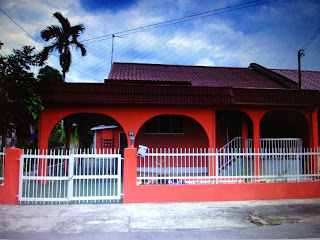

.JPG)
